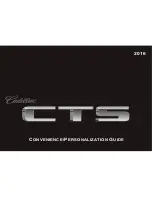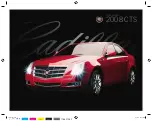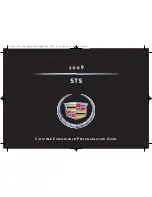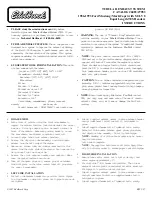
Driving and Driving Safety
169
d
Safety notes!
In spite of the advantages of PTM and four-wheel
drive, it is still the driver’s responsibility to adapt
his driving style and manoeuvres in line with road
and weather conditions, as well as the traffic situa-
tion.
The increased safety that is provided should not
induce you to take greater risks with your safety.
The limits set by the physics of driving cannot be
overcome, even with PTM or four-wheel drive.
Risks of accident due to inappropriate speed
cannot be reduced by PTM or four-wheel drive.
Porsche Traction Management (PTM)
Porsche Traction Management is a full-time all-
wheel control system designed to influence the
longitudinal and lateral dynamics. It is closely
linked with the Porsche Stability Management
(PSM) system.
PTM ensures the best possible power distribution
to the four driven wheels at the front and rear
axles. The system realises this optimal traction by
intervening in the lock control function of the
transfer case and rear differential. PTM is active at
all times and, unlike PSM, cannot be switched off.
Advantages of PTM
– Obvious improvement in traction, driving
stability and steering ability of the vehicle.
– Vehicle is more manageable when driven at its
performance limits.
– Improved straight-ahead tracking and stability.
– The above features allow for a sportier setup
of the running gear.
– TCS and ABD further enhance traction for all
wheels.
Full-time all-wheel drive
With the four-wheel drive, the drive power is
variably distributed to the front and rear wheels.
Power distribution and wheel speed compensation
between the front and rear axles is realised with a
transfer box.
Distribution of the drive power depends on the
wheel speed difference between the two axles.
The transfer box always controls power distribu-
tion in such a way that optimal propulsion is
achieved, even on an unfavourable road surface.
Full-time all-wheel drive ensures optimum handling
and a high level of driving stability.
Automatic brake differential (ABD)
The ABD system controls the front and rear axles
separately. If one wheel of an axle starts to spin,
it is braked so that the other wheel on the same
axle can be driven.
ABD recognises different driving states, and it
features control strategies adapted to these
states. In situations in which little propulsive power
is required, such as when the vehicle moves off on
a level gravel surface, traction control already
becomes active at low engine speeds. If a large
amount of propulsive power is required, such as
when moving off on an uphill slope or for rapid
acceleration, the ABD system is adapted accord-
ingly.
A special off-road driving programme is used in
Low Range mode.
Traction control system (TCS)
The traction control system prevents the wheels
from spinning by adjusting the engine power,
thereby ensuring good lane-holding ability and
stable handling.
Summary of Contents for Turbo 2007
Page 105: ...104 Lights Direction Indicators and Windscreen Wipers ...
Page 107: ...106 Multi Purpose Display and Instruments ...
Page 347: ...346 Index ...
















































